Separation of powers
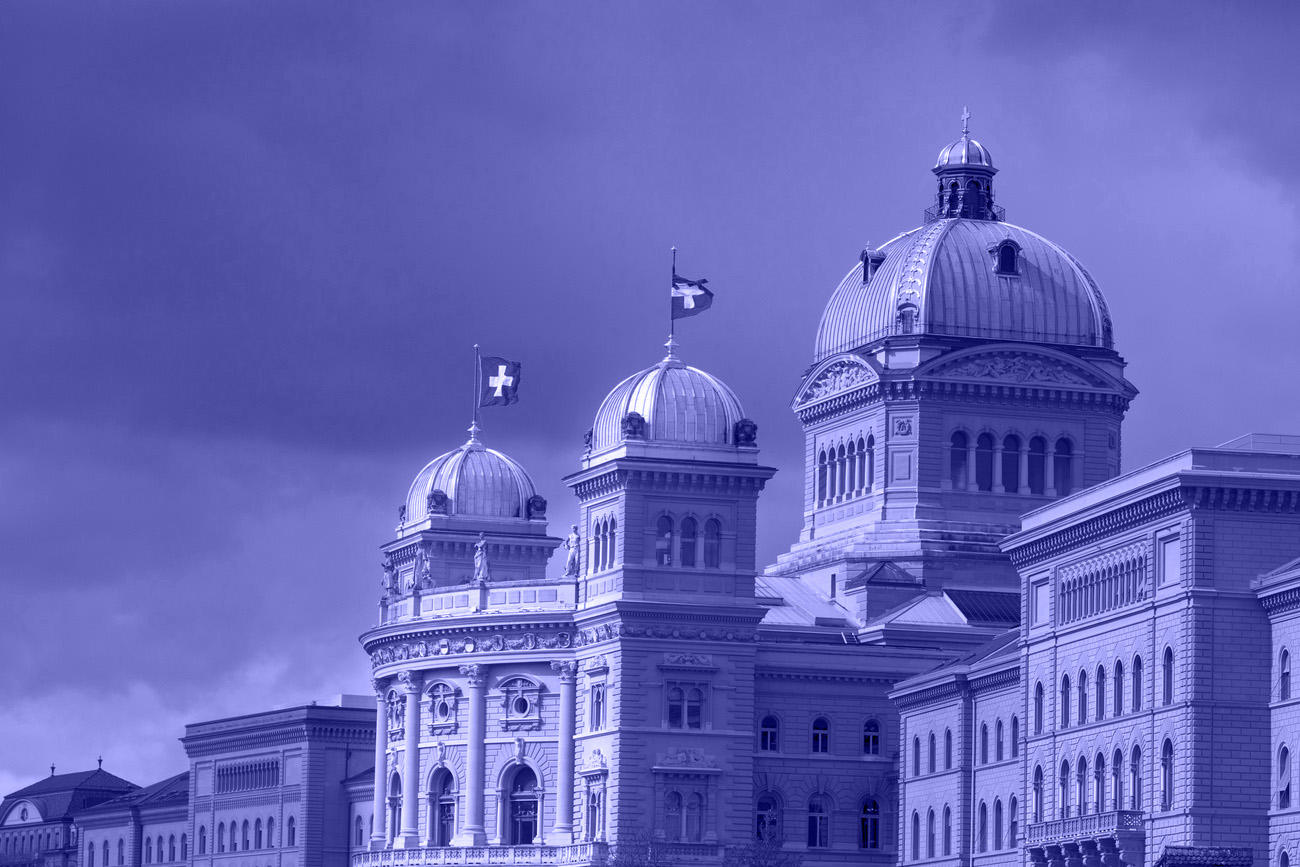
Switzerland is a federal state where power is shared between the national government, the cantons and the municipalities, with a clear separation between the legislative, executive and judicial branches.
Until 1848, Switzerland was a confederacy of self-governing states. Then the federal constitution came into force, putting an end to conflict between the liberal cantons and the conservative Catholic cantons. The constitution laid down the powers of the national government and the cantons, granted voting rights to men and introduced the principle of the separation of powers between parliament (legislative), the government (executive), and the Federal Court (judiciary).
This separation prevents the concentration of power in the hands of a few individuals or institutions and thus forestalls abuse of this power. A person may belong to only one of the three branches at a given time.
Under Swiss federalism, state power is spread between the government, the cantons and the municipalities. The national government undertakes only those tasks that the cantons are unable to perform or which require uniform regulation.
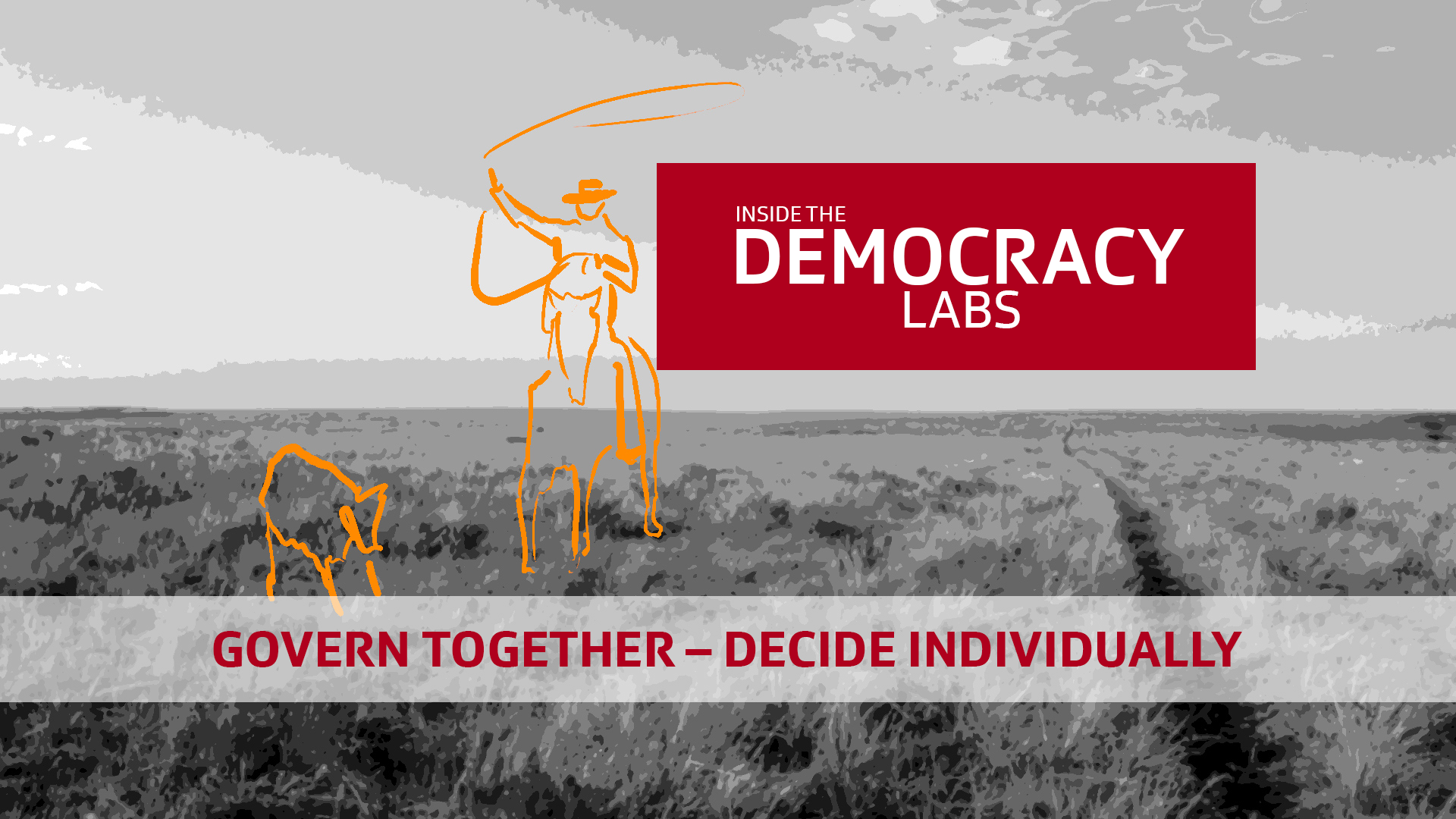
More
What is federalism?
Government
The government – or Federal Council – is the country’s executive branch and meets in the capital, Bern. It comprises seven members who have equal powers and are each in charge of a ministry (also referred to as department). The role of president rotates annually among the government members, and mainly entails representational duties.
The government runs the administration; it can propose laws and implement them. It takes its decisions collegially, which means that its members defend the decisions taken by the whole government, even if they do not match their personal opinion or their party’s line.
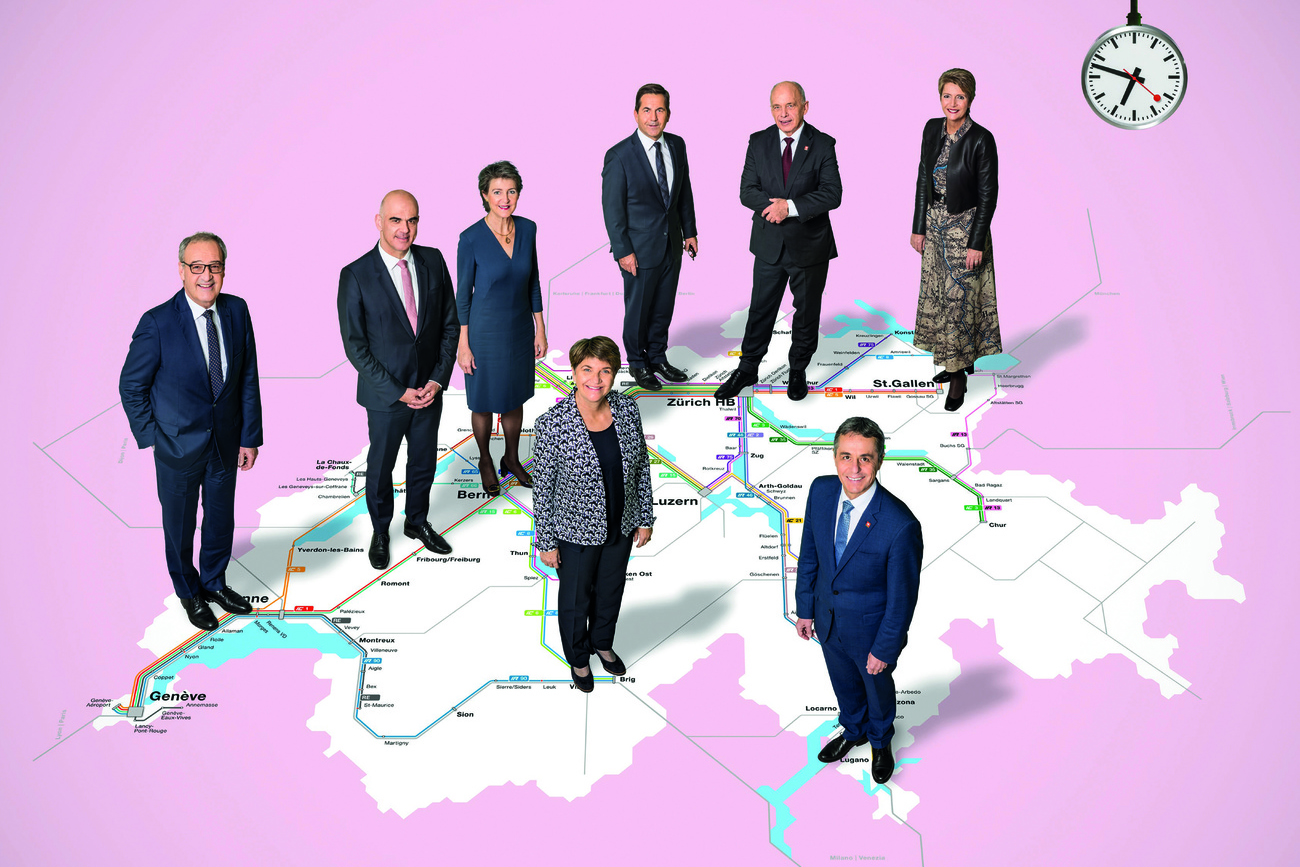
More
1993-2022: the evolving Swiss government
Since 1959, the political make-up of the government has been determined by the four main parties, according to what is known as the “magic formula”. This currently means that the government must include two members from the Swiss People’s Party (right-wing), two from the Radical-Liberal Party (centre-right), two from the Social Democratic Party (left-wing) and one from the Centre Party (a merger of the Christian Democratic and Conservative Democratic parties). This formula is, however, not cast in stone and has evolved over time, depending on the composition of parliament and the creation or re-organisation of political parties.
The government is elected by parliament every four years.
Parliament
The Swiss parliament (or Federal Assembly) consists of two chambers with equal powers. These are the House of Representatives (also referred to as National Council) and the Senate (Council of States). Together, they make up the country’s legislative branch, and meet – as a rule – four times a year in Bern, for sessions lasting several weeks.
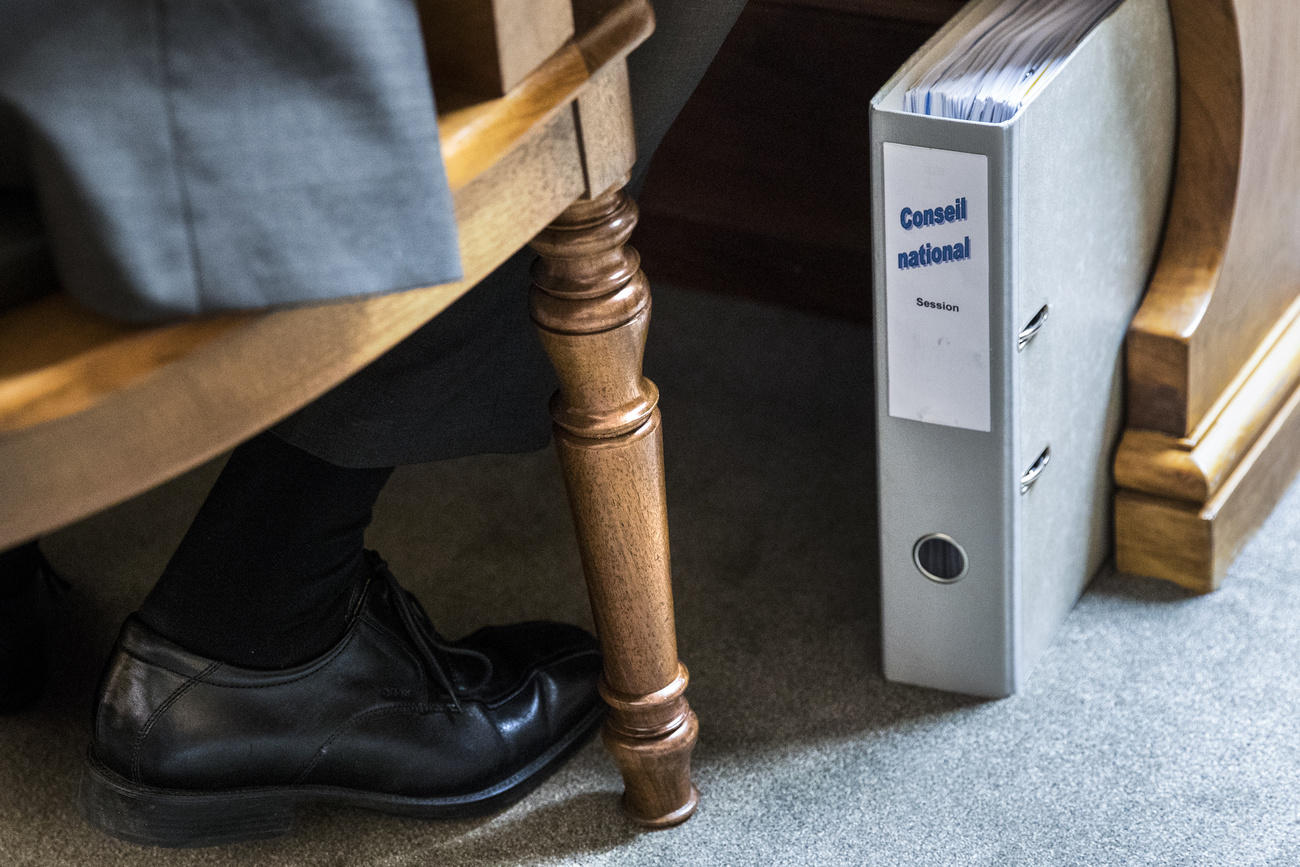
More
How many steps does it take to pass a Swiss law?
The parliament enacts laws, draws up the budget, elects the members of the highest federal authorities and oversees the national government, the administration and the federal courts.The 200 seats in the House of Representatives are assigned to the cantons in proportion to their population. The Senate has 46 members: two for each canton, and one for each of the half-cantons.
Elections to the House of Representatives take place every four years. The overall composition of the two chambers has changed over time. While the four main parties (the People’s Party, the Radical-Liberal Party, the Social Democratic Party and the Centre) generally obtain most of the seats, the Green Party – and to some extent also the Liberal Greens – have made major gains in recent years, strengthening their presence in parliament.
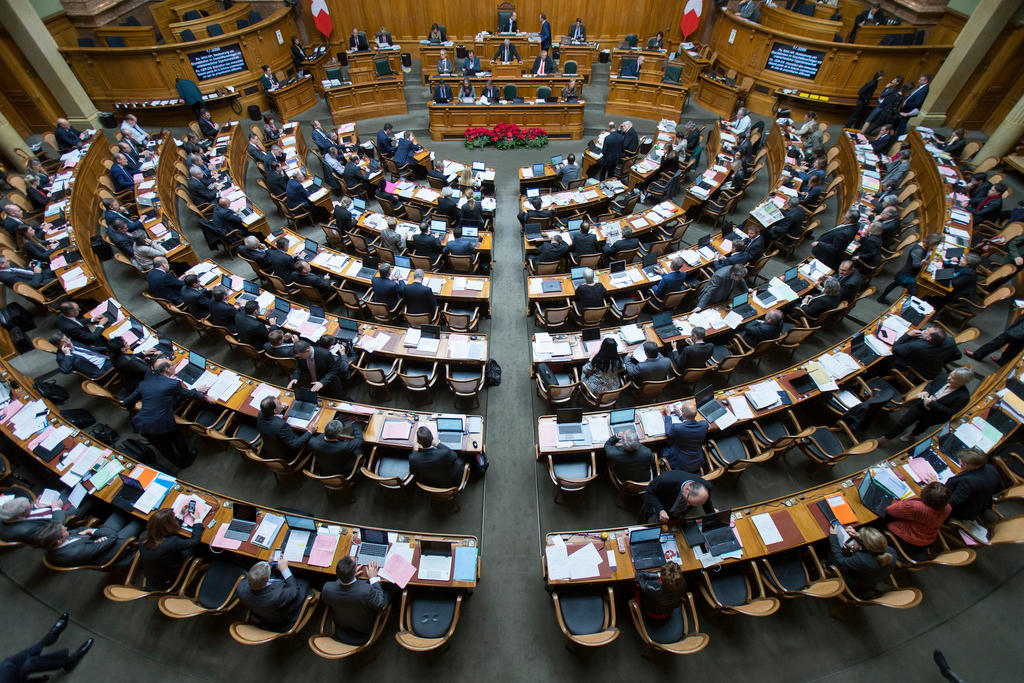
More
What’s the point of a parliament in a direct democracy?
Federal Court
The Federal Court is Switzerland’s supreme court and the state’s third branch of government. It is the court of last instance for disputes between citizens, between cantons, between the population and the state and between the national government and the cantons. The Federal Court is also the guarantor of citizens’ constitutional rights.
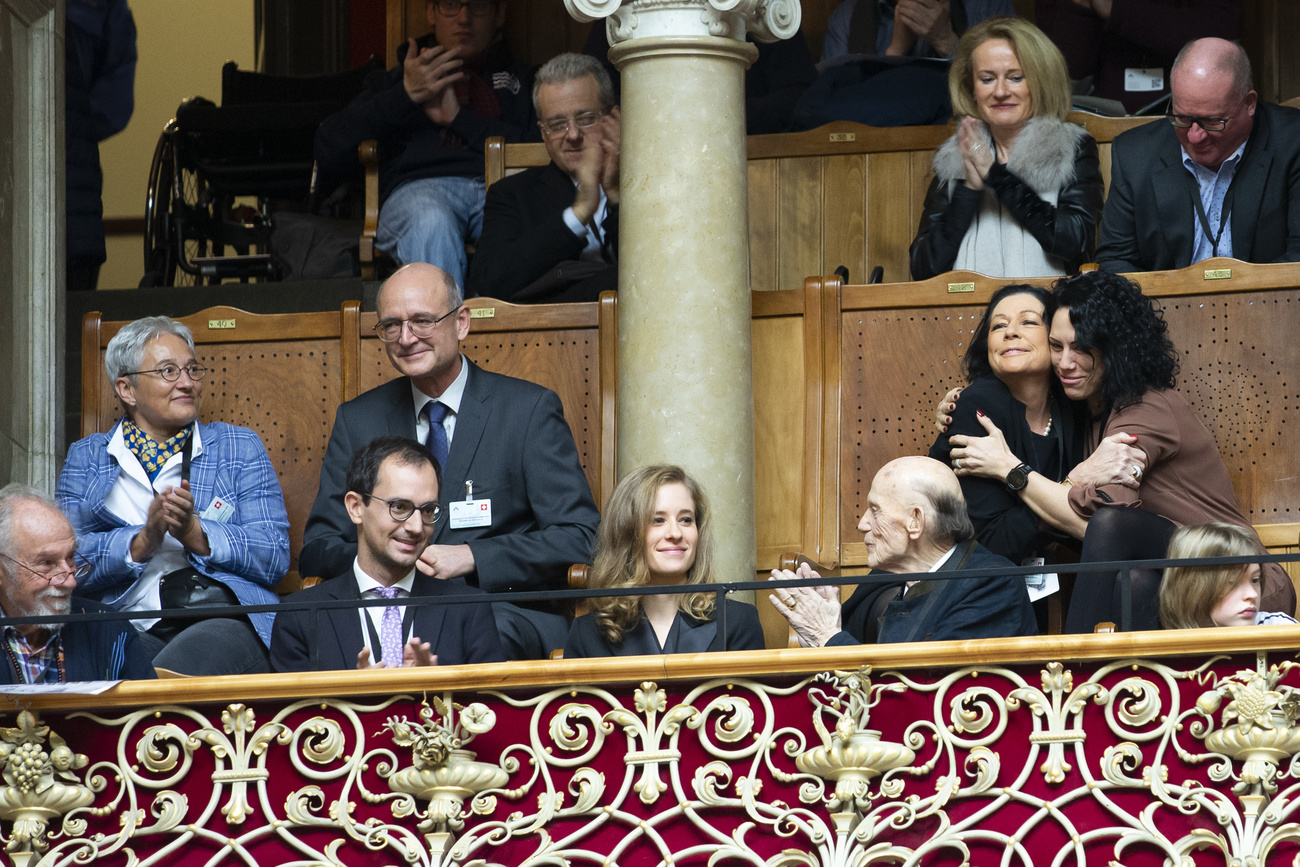
More
Switzerland’s niggling problem with the independence of the judiciary
It currently consists of seven chambers, namely: two civil law courts, two public law courts, one criminal law court and two social law courts. The Federal Court is headquartered in the city of Lausanne, while the two social law courts are in Lucerne. Federal judges are elected by parliament for a six-year term.
Translated from French by Julia Bassam/urs
For more information on the workings of the Swiss federal state:
Discover Switzerland – Foreign MinistryExternal link
The information site of the Swiss Authorities External link– External linkch.chExternal link
Separation of powers External link– External linkHistorical Dictionary of SwitzerlandExternal link

In compliance with the JTI standards
More: SWI swissinfo.ch certified by the Journalism Trust Initiative
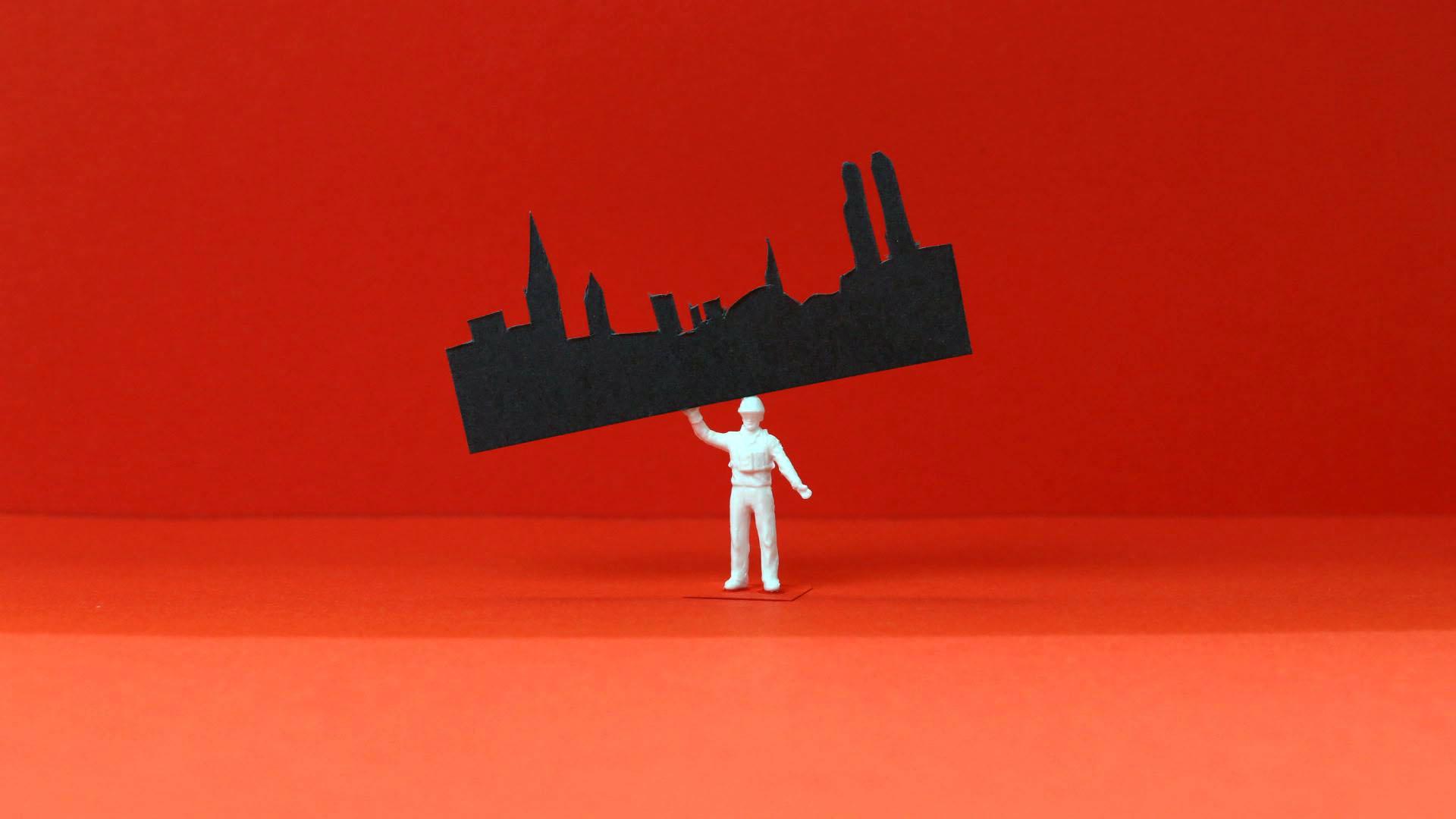
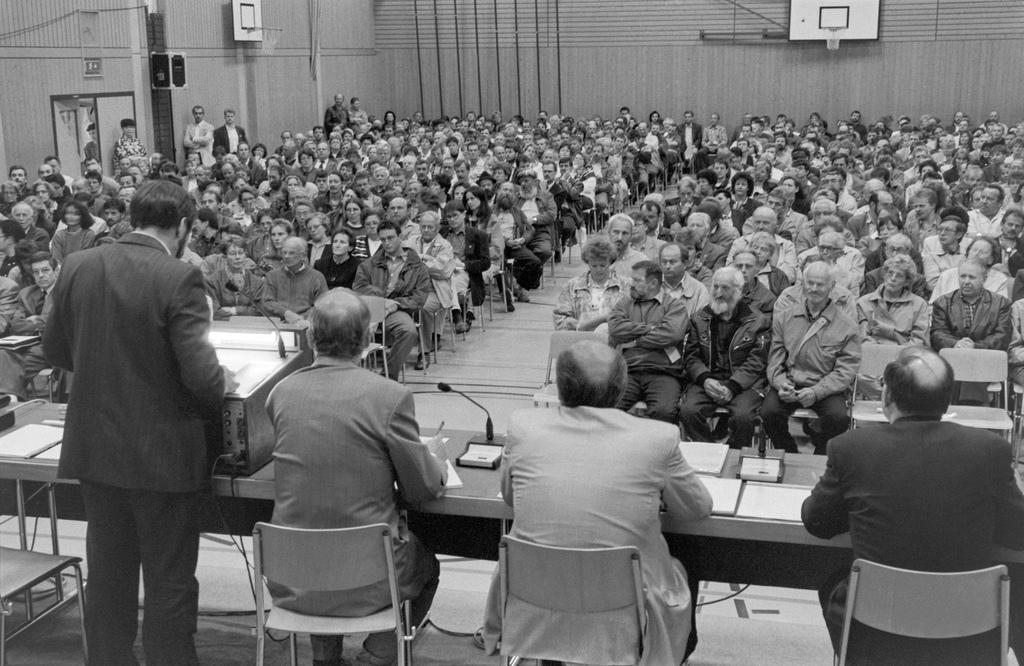

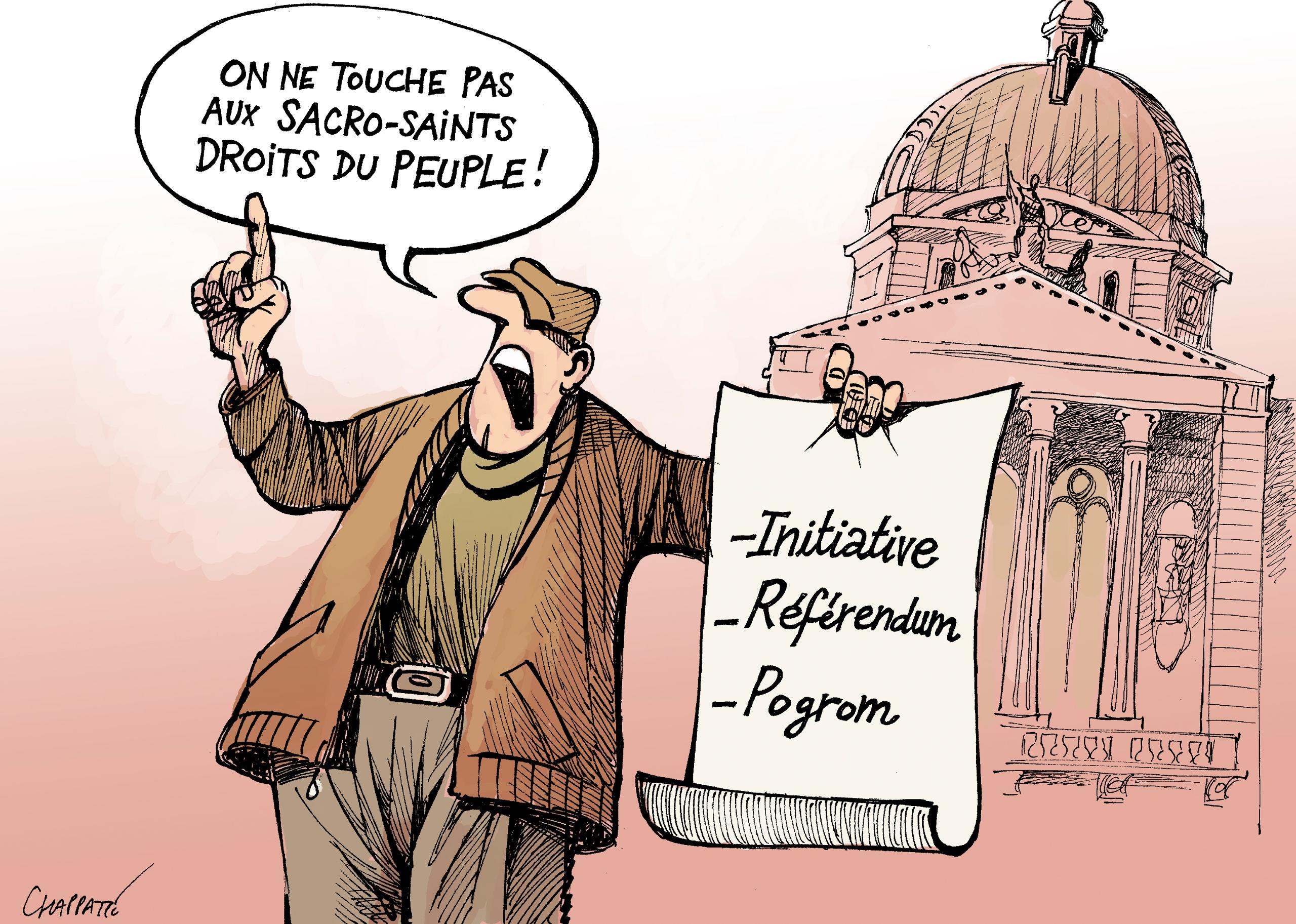


You can find an overview of ongoing debates with our journalists here . Please join us!
If you want to start a conversation about a topic raised in this article or want to report factual errors, email us at english@swissinfo.ch.